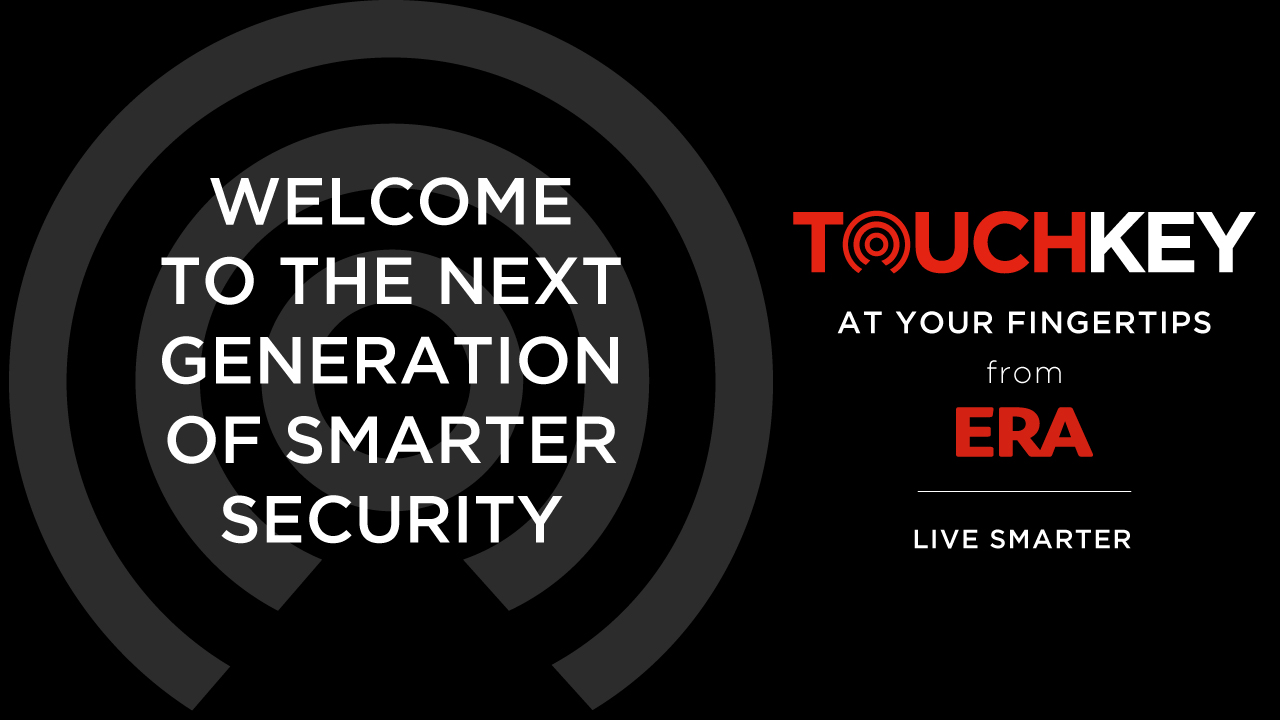The Benefits of Combining Traditional Hardware with Connected Technology
With the popularity of smart home devices on the up, many consumers are looking to upgrade their current home security to include the benefits of connected technologies. However, this doesn’t mean that traditional hardware is no longer effective, but can serve as an extra layer of security, offering a way for fabricators to introduce smart home options alongside tried and tested methods. Here, Richard Sehdeva, Design Team Manager at ERA, discusses the benefits of combining both traditional, trusted hardware and advanced smart home technology for maximum protection and useability.
A recent Meltwater report states that the global value of the smart home security market stands at $17.41 billion. Considering this, there is no denying that people the world over are turning to smart security to protect their homes and loved ones. And with good reason, given that intuitive design is enabling convenience, flexibility and greater security protection.
However, this isn’t to say that the older, more familiar methods are becoming obsolete. For many reasons, homeowners may still wish to use some of the traditional methods to secure their homes. The good news is though, that the two can be combined for layered protection and a better user experience all around.

Offering Maximum Protection
While the use of innovative entry points such as biometrics, app activation, voice recognition and Bluetooth, offer a great level of security against intruders, homeowners are still looking for robust mechanical security within their doors that offer a genuine deterrent against burglars.
In fact, according to research from insurance provider, Nimble Fins, in 33% of burglaries access to a property is gained by forced entry through methods such as lock bumping.
Therefore, installing a smart door security solution such as ERA’s new TouchKey system, can offer all the convenience and up-to-date security that comes with a connected solution, such as the monitoring of entrants to the home; along with traditional safety elements, such as an anti-bump, anti-pick, and anti-drill cylinder, which prevents criminals gaining access by force.
Accommodating Multi-generational Households
Real estate services business, CBRE, predicts that by 2040 multi-generational living will have tripled. This is due to factors including increasing house costs affecting the younger generation and the growing ageing population.
With people across multiple generations living under one roof, there is likely to be a difference in preferences when it comes to managing access to the home. While the younger generation may have grown up with technology throughout their lives, the elderly may feel less comfortable with smart technology due to a lack of experience with connected devices. An option like the TouchKey door solution, allows for flexibility, providing both age groups with a method of entering the home that feels comfortable.
In addition, a primary benefit of keyless entry in this scenario is being able to access the home when a key has been accidentally left behind. Therefore, even if the user’s preference is to use a key to open the door there are a multitude of secure ways to gain access.
Keeping Accessibility in Mind
On a similar note, providing a system that offers both mechanical hardware and smart solutions can be of huge benefit to older people and those with restricted mobility, or health issues that affect motor skills, for example.
With a smart solution, the door can be opened easily with the touch of a thumb, thanks to biometric technology. This helps to save time and avoids distressing situations for those who may have forgotten their keys, or for those who struggle to open doors with the use of a key, due to illness or ailments.
The mechanical hardware, such as that provided within the TouchKey offering, also provides peace of mind given that it locks automatically behind the entrant without the use of a key or any lifting of the handle. Additionally, it opens again with a simple turn of the internal thumbturn.
A combined option enables the user to feel comfortable and won’t restrict them from being able to come and go as they please, without assistance.
TouchKey Opportunities
Door manufacturers offering solutions such as TouchKey can take advantage of the hybrid appeal that comes with combined smart home technology and trusted hardware. In short, such a product offers the ultimate peace of mind for residents with different preferences.
Trusted mechanisms like the TouchKey’s anti-bump, anti-pick and anti-drill cylinder offers protection against forced entry and its auto-fire multi-point door lock automatically activates all six locking points when the door is closed, ensuring that users feel confident that they’re protected.
However, more recent technology, such as that incorporated within the TouchKey, has the capabilities of monitoring those who have entered the home and when, granting one-off digital keys if required, and offering seamless unlocking with geolocation technology.
Together they combine to offer the consumer a robust security solution, complete with BSI Kitemark™ for Smart Residential Locking Devices which indicates a high-level of quality, providing the consumer with peace of mind.
Overall, the level of security within the TouchKey system can defend against multiple threats to home security, while allowing for ease of use for all residents, whether their preferences lie in more traditional or modern methods of entry.

